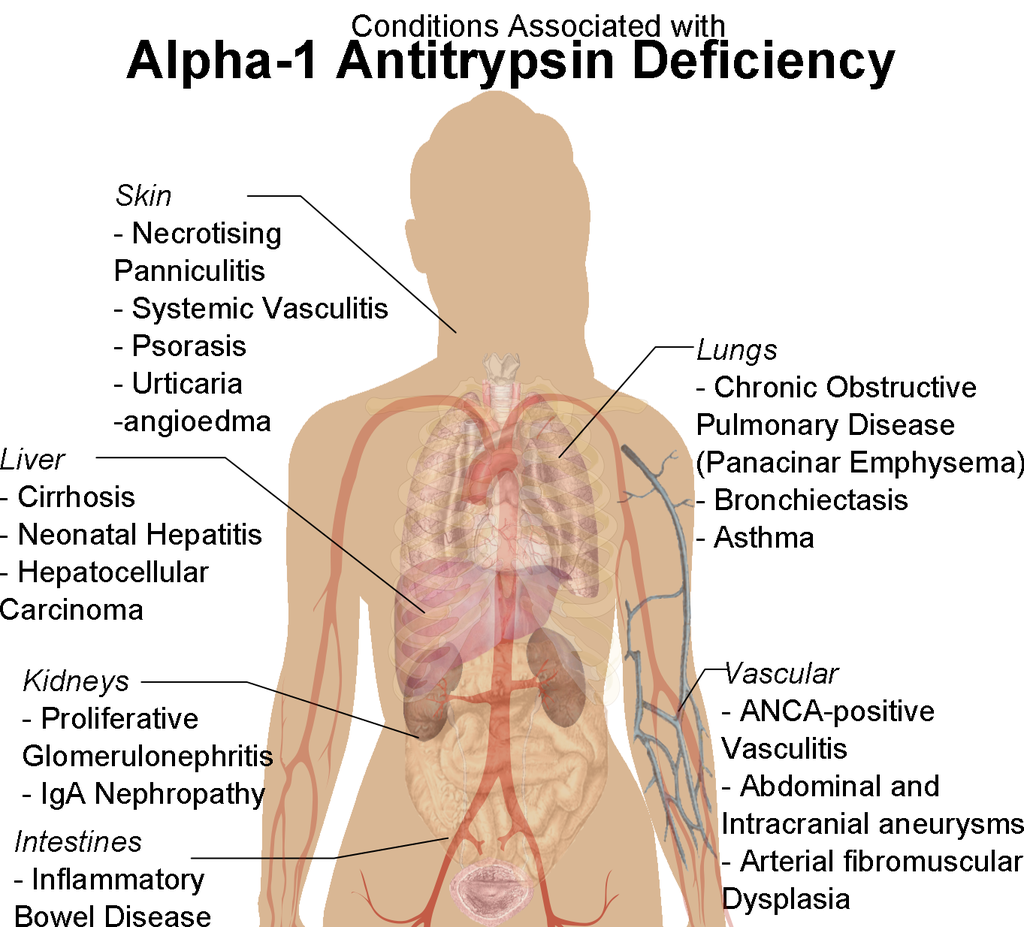
system one and
system two
Making decisions is as easy or as hard as you want it to be
pat croskerry,
an author with whom you should get familiar, describes critical thinking in medicine as an iterative process consisting of two systems. System one is quick, easy and often wrong. System one is Lucy assuming that the rustling is a tiger. It’s also when you look at a patient who is in his sixties, has a pack of cigarettes in his shirt pocket and is “tripodding” and “pursed-lip breathing” in the emergency department and you immediately know he has an exacerbation of COPD. So what’s the problem? It turns out that System One thinking is often subject to COGNITIVE BIAS
System Two
is more thoughtful, harder, and more accurate. After making your initial guess at a diagnosis you think of all the associations of that diagnosis checking them against your patient. Does everything fit? Wait. How old did he say he was? He looks like 60 but he’s only 35. I’ve never seen that before. What looks like advanced emphysema but occurs in a much younger patient? Could he have alpha 1 anti-trypsin deficiency?


